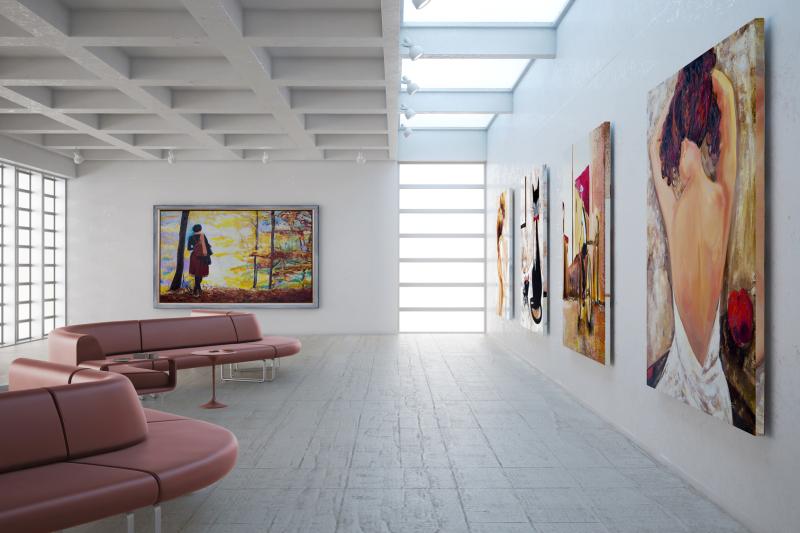 Studies show visiting an art gallery or attending an exhibit of classical paintings help reduce stress.
Studies show visiting an art gallery or attending an exhibit of classical paintings help reduce stress.Older adults who go to art galleries, the theatre or concerts tend to live longer, according to a study reporting on the protective association of receptive arts engagement with longevity.
“This study did not compare the relative effect size of arts and other known predictors of mortality, but other factors such as socioeconomic status, physical health and health behaviours undoubtedly have a larger bearing on mortality risk,” the researchers said.
The risk of dying at any point during follow-up was 14-percent lower among people who engaged with receptive arts activities (809/3,042 deaths; hazard ratio [HR], 0.86, 95 percent confidence interval [CI], 0.77–0.96) on an infrequent basis (once or twice a year) compared with those who never engaged (837/1,762 deaths). [BMJ 2019;367:l6377]
Engaging with receptive art activities on a frequent basis (every few months or more) further reduced the risk of dying by 31 percent (355/1,906 deaths; HR, 0.69, 95 percent CI, 0.59–0.80), independent of demographic, socioeconomic, health-related, behavioural and social factors.
“Results were robust to a range of sensitivity analyses with no evidence of moderation by sex, socioeconomic status or social factors,” the researchers said, adding that the study was observational and so causality cannot be presumed.
Although these results were built on previous studies on leisure activity and mortality, and specifically on the findings from two previous analyses of Scandinavian data, the current study extended these in three important ways. [BMJ 1996;313:1577-1580; Scand J Public Health 2000;28:174-178]
Firstly, association in another national population was demonstrated. Secondly, there was no evidence of moderation by sex. Finally, some of the potential factors that could act as mechanisms that underpin the protective association with mortality were identified.
Such relationship was partly driven by differences in socioeconomic status among those who do and do not engage in the arts. This was consistent with research which suggested that engagement in cultural activities was socially patterned. [Poetics 2007;35:191-212; Sociol Rev 2016;64:550-574]
“However, the association remains independent of socioeconomic status, so this does not fully explain the association,” the researchers said, noting that mental health and cognition accounted for part of this association.
“Our results are also consistent with research that suggests poor mental health and lower cognition can be barriers to engaging in arts activities,” they added. [Sci Rep 2018;8:10226; Scand J Public Health 2000;28:174-178]
Likewise, other social and civic engagement explained part of the association, which was consistent with published literature on social activity and mortality. However, the current study reported that the association was independent of these factors, and much of it remained unexplained, according to the researchers. [PLoS Med 2010;7:e1000316]
This prospective cohort study included 6,710 community-dwelling adults aged ≥50 years (53.6 percent women) from the English Longitudinal Study of Ageing. Receptive arts engagement was self-reported. Data linkage to the National Health Service central register was used to measure mortality.